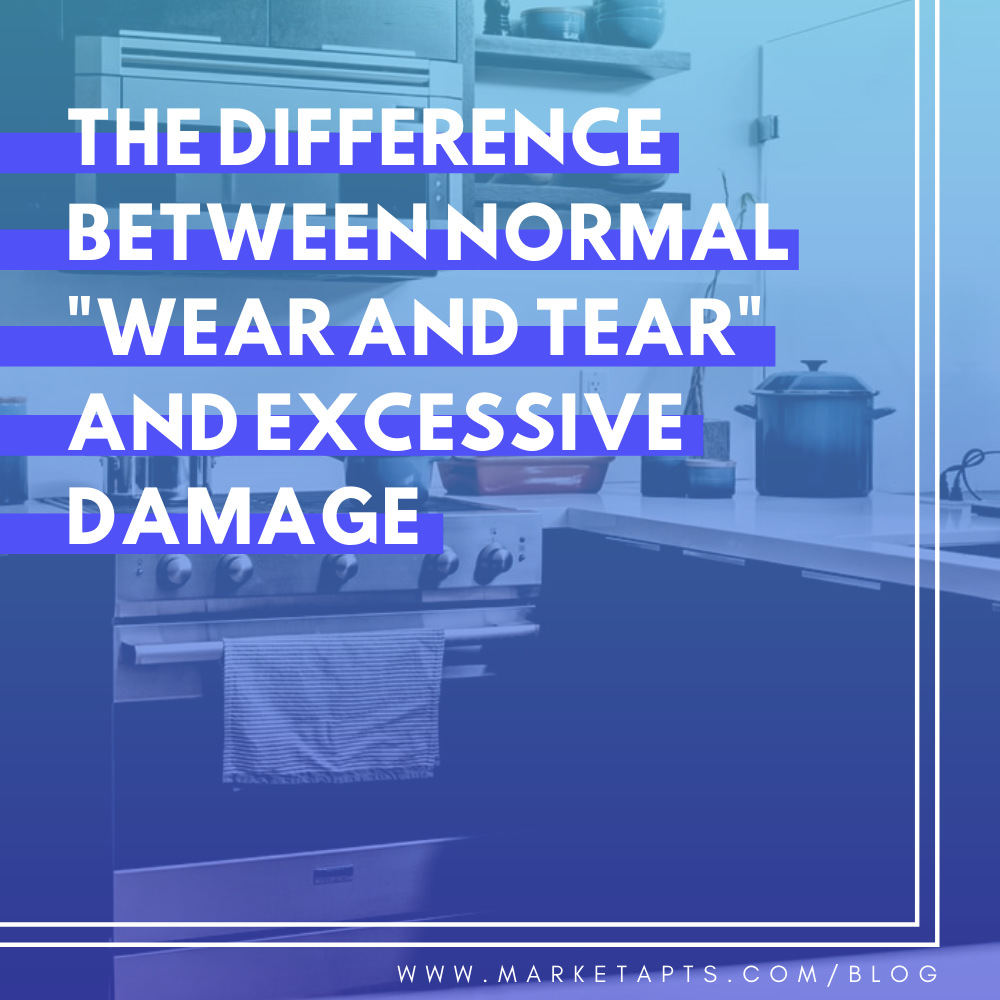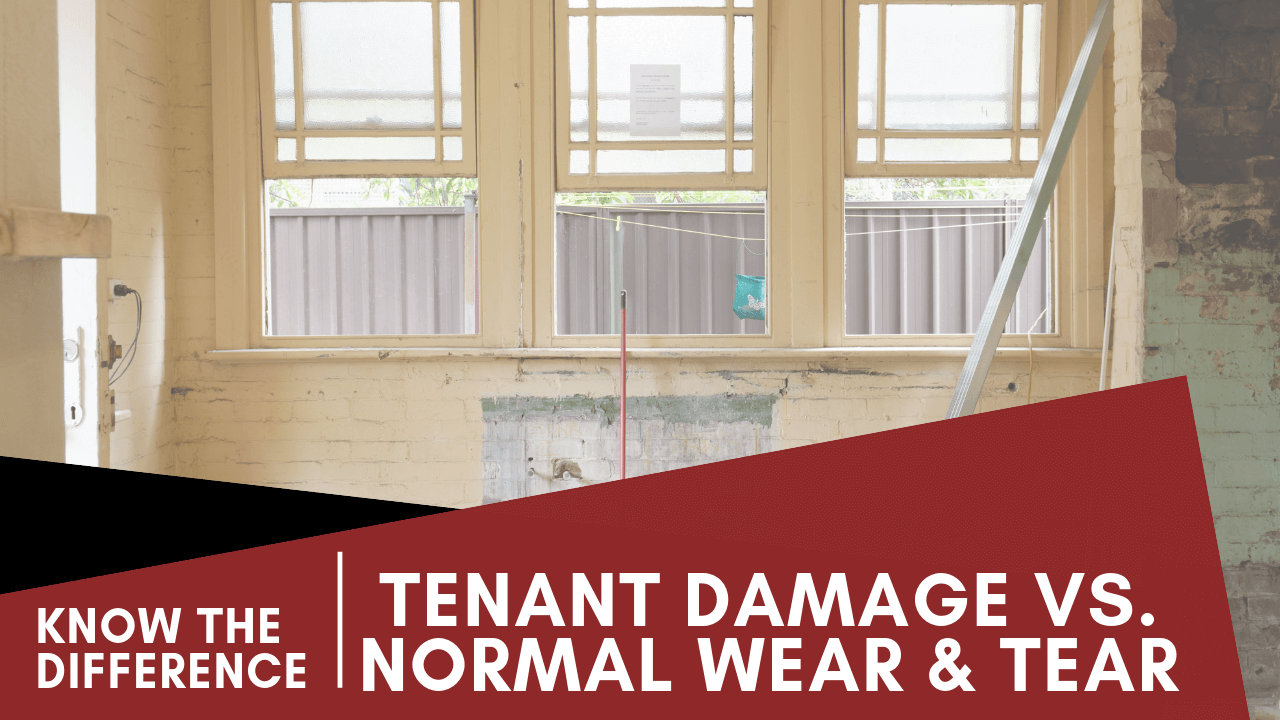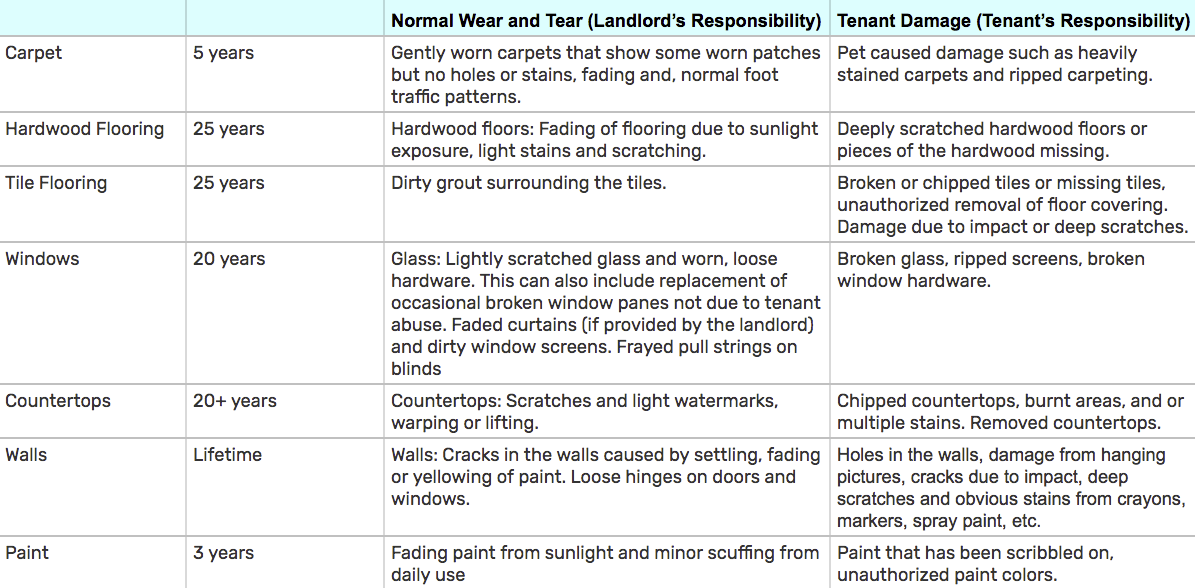In contrast large rips or indelible stains justify a deduction from the tenant s security deposit for repairing the carpet or drapes or replacing them if that is reasonably necessary.
Apartment carpet reasonable wear and tear.
Otherwise whatever you do to ready the place for the new tenant would probably fall under normal wear and tear.
For example wear of carpeting in a unit where a tenant has lived for 6 years will most likely be greater than wear after only 6 months.
That s normal wear and tear.
Normal wear and tear or reasonable wear and tear are common terms associated with rentals and typically refer to the expected depreciation that results from a tenant living in a property not damages as a result of tenant neglect or abuse.
New carpet that s stained at the end of a one year lease.
For a better understanding of the difference between the two and when you can deduct the tenant s deposit let s take a look at the two most common examples which are normal wear and tear vs damaged carpet and normal wear and tear vs damaged paint.
When the walls and carpet reflect damage beyond normal wear and tear tenants become responsible because.
Paint on the walls of an apartment will fade and get dirty over time.
A landlord checklist can help you figure out what s normal wear and tear vs damage by forcing you to document all of the above.
This is a naturally occurring condition which isn t caused by a tenant.
Holes stains and burns are also considered damage.
Examples of normal wear and tear.
Over time normal traffic patterns through your apartment may cause the carpet to wear down a little.
The costs an owner incurs for the basic cleaning and repairing of such items necessary to make a unit ready for occupancy by the next tenant are part of the costs of doing.
Minor markings on the walls can be easily touched up or cleaned but anything that changes the condition of the wall could be considered damage beyond normal wear and tear for a rental property such as.
And tenants if you wish to prove that you left the place in the same condition in which you took it considering normal wear and tear take your own before and after photos or videos in case your landlord tries to wrongfully keep.
Normal wear and tear is defined as moderate scuffs marks nicks light stains or spotting.
As part of ordinary maintenance a landlord should freshen up an apartment with a new coat of paint every time a new tenant occupies the premises.
The landlord tenant act does not specifically define normal wear and tear.
Tenants can argue that wear and tear will be greater over time and that it includes all normal uses of the premises.










